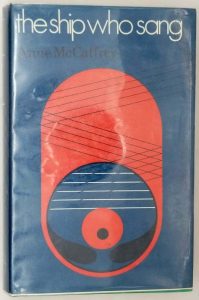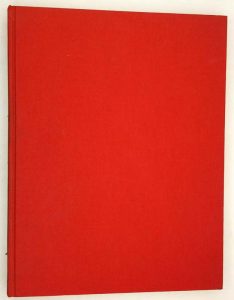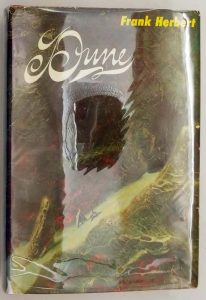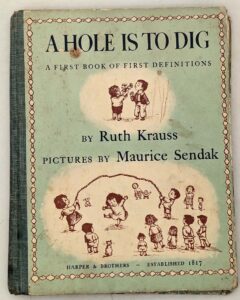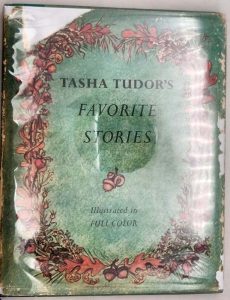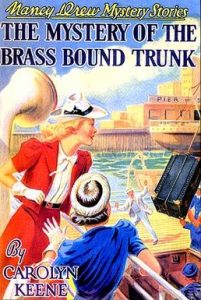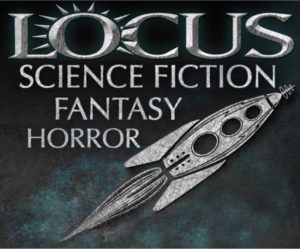Robin Hood (1917) – by Paul Creswick, illustrated by N.C. Wyeth
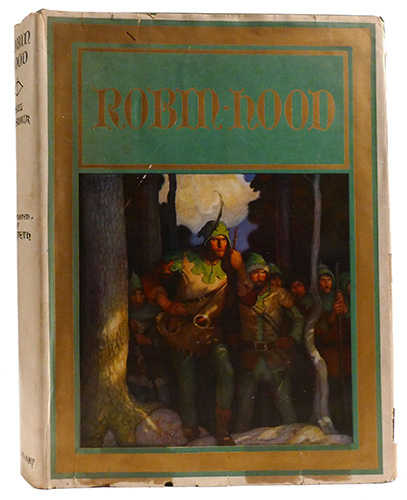
Robin Hood (1917), written by Paul Creswick and lavishly illustrated by N.C. Wyeth, is a classic retelling of the legendary English outlaw’s adventures, combining spirited prose with breathtaking imagery. Published by David McKay, Philadelphia. This edition remains one of the most iconic visual representations of the Robin Hood mythos and a cherished collector’s item from the golden age of American illustration.
Creswick’s version of the tale focuses on Robin’s transformation from noble youth to famed outlaw, capturing the enduring themes of heroism, justice, and rebellion against tyranny. The narrative is rich in action, camaraderie, and medieval pageantry, providing a full account of Robin’s life, from his noble birth to his defiance of Prince John and loyalty to King Richard. Unlike many earlier versions, Creswick’s account delves deeper into the emotional motivations of the characters, lending a more mature tone to the familiar folklore.
The star of this edition is Newell Convers Wyeth (1882–1945), one of America’s most celebrated illustrators and a student of Howard Pyle. Wyeth’s vivid, dramatic paintings bring a heightened sense of realism and movement to Robin Hood’s world. His illustrations are marked by dynamic compositions, rich coloration, and a cinematic sense of scale and storytelling. Whether capturing a tense archery contest or a moment of forest camaraderie among the Merry Men, Wyeth’s artwork is inseparable from the identity of this edition.
About the Illustrator
Newell Convers Wyeth (1882–1945) was the patriarch of the Wyeth artistic dynasty and a titan of American illustration. A student of Howard Pyle, Wyeth became famous for his action-packed scenes in classics like Treasure Island (1911) and The Last of the Mohicans (1919). His bold, romanticized style set the standard for illustrated adventure books in the early 20th century, and he helped define Scribner’s “Illustrated Classics” series. His ability to merge narrative energy with painterly technique made him a towering figure in American illustration, and his legacy continues through the work of his descendants, including Andrew Wyeth.
Recommended for Collectors
- The Merry Adventures of Robin Hood (1883) by Howard Pyle – The definitive text with Pyle’s own illustrations
- Treasure Island (1911) illustrated by N.C. Wyeth – For another pinnacle of his swashbuckling style
- The Boy’s King Arthur (1917) illustrated by Wyeth – A chivalric companion to this medieval epic
- The Last of the Mohicans (1919), illustrated by N.C. Wyeth – A visually stunning adventure set in colonial America.
